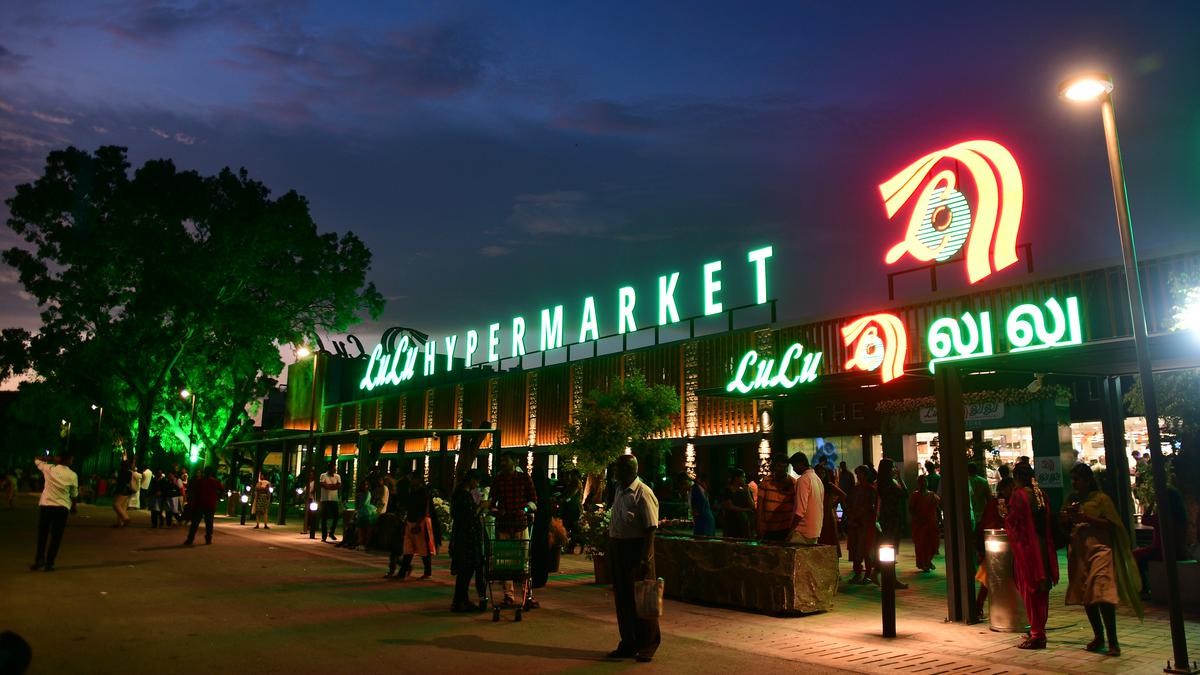
The aviation industry, a cornerstone of globalisation and modern transportation.
| Photo Credit: REUTERS
The aviation industry, a cornerstone of globalisation and modern transportation, relies heavily on one vital resource: aviation turbine fuel (ATF). Primarily derived from crude oil, ATF is a specialised kerosene refined to meet stringent quality and safety standards. With more than 100,000 flights taking off and landing around the world each day, understanding what fuels this immense operation—and where that fuel comes from—is critical.
What is Aviation Turbine Fuel (ATF)?
Aviation Turbine Fuel (ATF), widely recognised as jet fuel, is an essential high-performance fuel for aircraft gas-turbine engines. The two primary types are Jet A and Jet A-1, with Jet A-1 being the global standard due to its exceptional cold-weather performance. These fuels, which range in colour from clear to straw-coloured, are rigorously tested to meet international standards set by leading organisations such as ASTM (American Society for Testing and Materials) and DEF STAN (the UK Ministry of Defence Standard). Formulated with advanced additives, jet fuel effectively prevents static discharge, corrosion, and microbial growth, ensuring safety and reliability even in the most demanding conditions at 35,000 feet.
How is ATF produced?
ATF is formed during the refining of crude oil. The process starts in petroleum refineries, where crude oil is distilled into various fractions. One of these fractions is kerosene, which is then hydrotreated to remove impurities like sulphur. The resulting jet fuel is blended to meet performance requirements.
Refineries all over the world customise their output to include ATF, particularly those located near major airports or transportation hubs. Transportation from refinery to wingtip involves pipelines, ships, railcars and fuel trucks. Major fuel hubs near airports contain large tank farms that store and distribute ATF via hydrant systems on the tarmac.
Global sources of ATF
The demand for ATF is concentrated in countries with large aviation sectors, and these nations often maintain robust refining capacities to ensure fuel availability. However, not all aviation hubs produce their jet fuel; many rely on imports. Some of the key players in global ATF production and distribution are:

Sustainable Aviation Fuel (SAF): The Future of Jet Fuel?
As the world shifts toward sustainability, the aviation industry is under pressure to reduce its carbon footprint. Enter Sustainable Aviation Fuel (SAF), a bio-based alternative to traditional jet fuel. Made from feedstocks like used cooking oil, plant waste, and even captured CO₂, SAF can reduce lifecycle greenhouse gas emissions by up to 80%.
Airlines like KLM, Lufthansa, and Delta have already begun incorporating SAF into their fuel mix. However, challenges such as high production costs, limited feedstock availability, and infrastructure compatibility hinder widespread adoption. Still, governments and industry players are investing heavily in SAF development, with ambitious targets set for 2030 and beyond.
The aviation industry’s reliance on aviation turbine fuel makes it one of the most energy-intensive sectors in the world. From the deserts of the Middle East to the refineries of the U.S. and the biofuel labs of Europe, the journey of ATF is complex and global. While traditional ATF continues to power the majority of aircraft, the rise of sustainable aviation fuels points to a cleaner, greener future. Ultimately, what fuels aviation is more than just kerosene — it’s a vast web of global supply chains, innovation, and a shared commitment to keeping the world connected through flight.
Published – May 20, 2025 10:00 am IST


